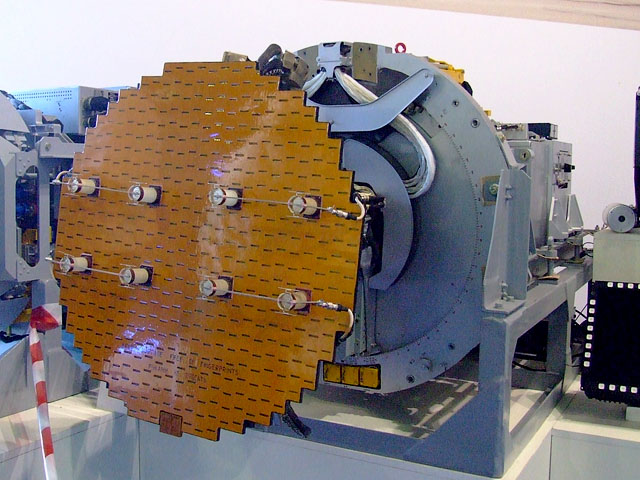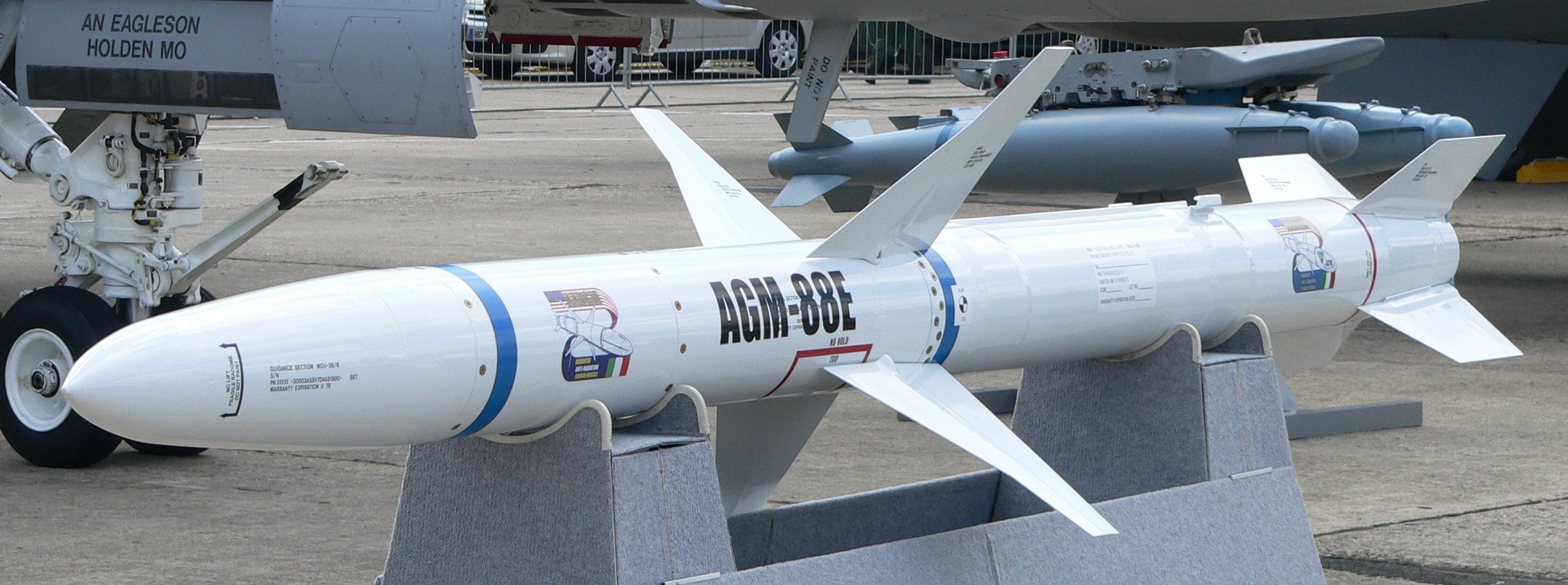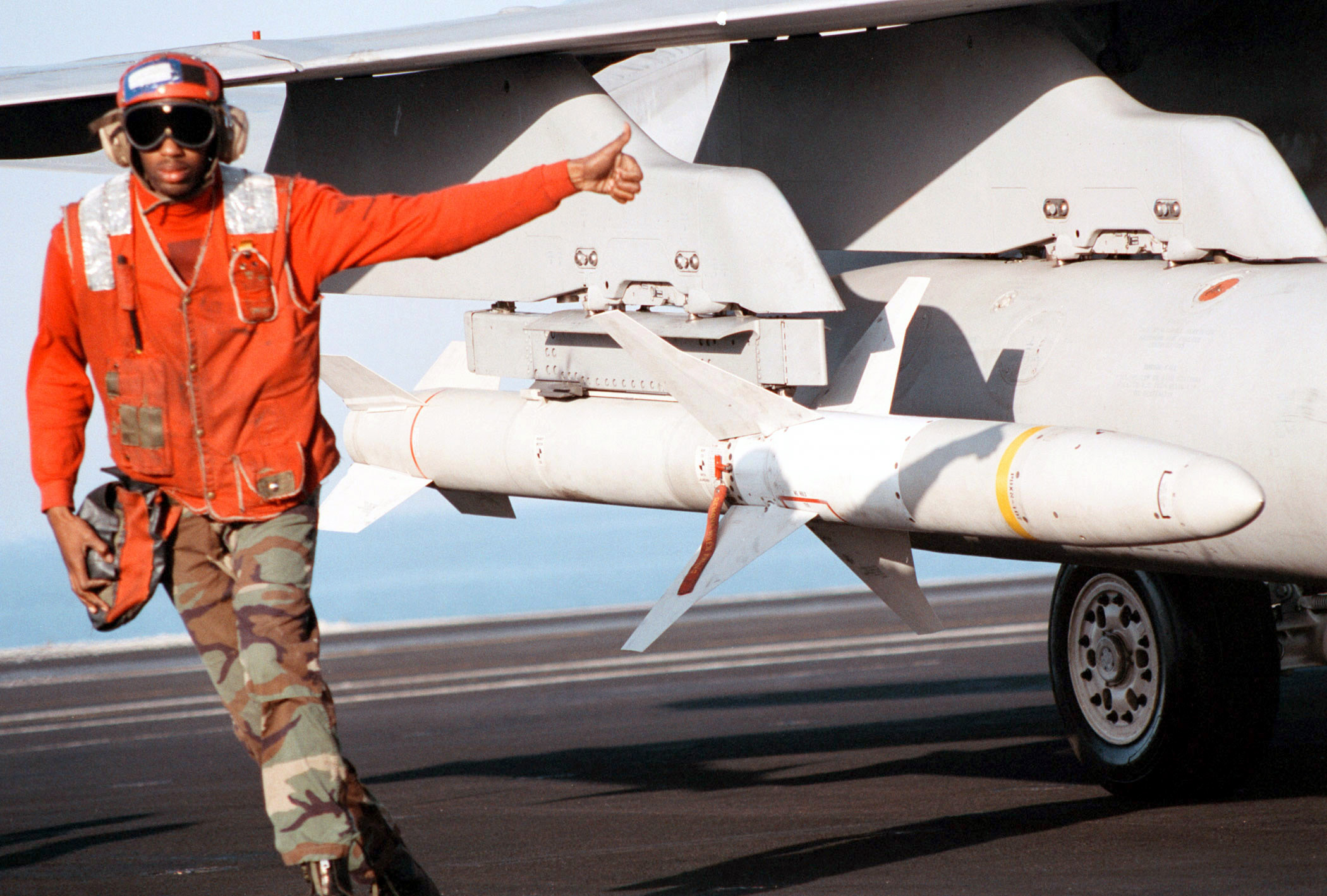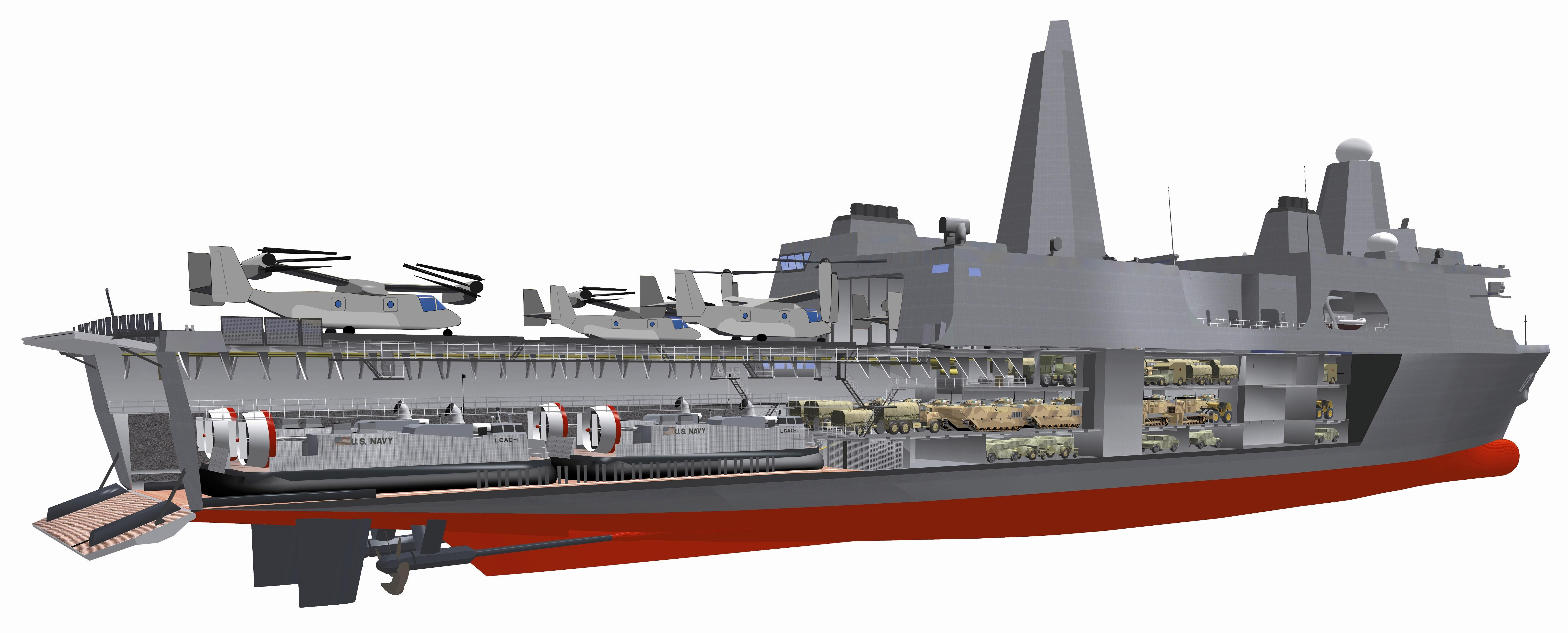|
Sky Sword II
The Sky Sword II ( zh, t=天劍二, Tien Chien II), or TC-2, is a Taiwanese medium-range, hypersonic, radar guided air-to-air missile. It has an inertial navigation system, a data-link for mid-course guidance and active radar homing for terminal guidance, beyond visual range. It also has ECCM capability and can engage multiple targets. According to Su Tzu-yun, chief executive officer at the Center for Advanced Technology at Tamkang University, they are a cost-effective design which can perform a key role in Taiwan's defense strategy, and substantially offset China's air superiority. Some details of its design were revealed for the first time at the Paris Air Show in 2015. The pulse doppler radar seeker reportedly has a detection range of . Development Development of the Sky Sword II family began during the 1990s. Service history In 2017 a Sky Sword II launched by a F-CK-1 during a training exercise failed to ignite and fell into the sea. In 2019 TC-2 was among 117 missiles ... [...More Info...] [...Related Items...] OR: [Wikipedia] [Google] [Baidu] |
Republic Of China Air Force
The Republic of China Air Force, retroactively known by its historical name the Chinese Air Force and unofficially referred to as the Taiwanese Air Force, is the military aviation branch of the Republic of China Armed Forces, currently based in Taiwan. The ROCAF was founded in 1920 by the Kuomintang. While its historical name is sometimes used especially in domestic circles, it is not used as often internationally due to the current ambiguous political status of Taiwan and to avoid confusion with the People's Liberation Army Air Force of the People's Republic of China (PRC). Its primary mission is the defense of the airspace over and around the Taiwan area. Priorities of the ROCAF include the development of long range reconnaissance and surveillance networks, integrating C4ISTAR systems to increase battle effectiveness, procuring counterstrike weapons, next generation fighters, and hardening airfields and other facilities to survive a surprise attack. In May 2005, the Minist ... [...More Info...] [...Related Items...] OR: [Wikipedia] [Google] [Baidu] |
Beyond-visual-range Missile
A beyond-visual-range missile (BVR) is an air-to-air missile (BVRAAM) that is capable of engaging at ranges of or beyond. This range has been achieved using dual pulse rocket motors or booster rocket motor and ramjet sustainer motor. In addition to the range capability, the missile must also be capable of tracking its target at this range or of acquiring the target in flight. Systems in which a mid-course correction is transmitted to the missile have been used. History Early air-to-air missiles used semi-active radar homing guidance, that is the missile used the radiation produced by the launching aircraft to guide it to the target. The latest generation of BVR missiles use a combination of semi-active and active radar. The first such missiles were relatively simple beam riding designs. The Sparrow 1 mounted on the US Navy's Skyknight became the first operational BVR missile in 1954. These primitive BVR missiles were soon replaced by missiles using semi-active radar homing ( ... [...More Info...] [...Related Items...] OR: [Wikipedia] [Google] [Baidu] |
Pulse Doppler Radar
A pulse-Doppler radar is a radar system that determines the range to a target using pulse-timing techniques, and uses the Doppler effect of the returned signal to determine the target object's velocity. It combines the features of pulse radars and continuous-wave radars, which were formerly separate due to the complexity of the electronics. The first operational Pulse Doppler radar was in the CIM-10 Bomarc, an American long range supersonic missile powered by ramjet engines, and which was armed with a W40 nuclear weapon to destroy entire formations of attacking enemy aircraft. Pulse-Doppler systems were first widely used on fighter aircraft starting in the 1960s. Earlier radars had used pulse-timing in order to determine range and the angle of the antenna (or similar means) to determine the bearing. However, this only worked when the radar antenna was not pointed down; in that case the reflection off the ground overwhelmed any returns from other objects. As the ground moves at th ... [...More Info...] [...Related Items...] OR: [Wikipedia] [Google] [Baidu] |
Sky Bow
The Sky Bow, or Tien Kung (), are a series of surface-to-air anti-ballistic missile and anti-aircraft defense systems developed by Taiwan. The TK-2 and TK-3 are in service with the Military of the Republic of China. Development The development of the Sky Bow 1 (Tien Kung 1) missile system was started in 1981 by the National Chung-Shan Institute of Science and Technology (then CSIST). But it was not until 1984 that Taiwan gained the cooperation of Raytheon and was allowed to examine semi-obsolete missiles in detail. CSIST experts traveled to the United States studied the technology, but they were not allowed to ask any questions and quickly came to the conclusion that many of the missiles they had been allowed to examine were old and had been damaged while in storage. Firing trials started in 1986, using a semi-active radar homing seeker. A passive infrared homing terminal seeker was also developed as a secondary seeker for the TK-1, this was successfully tested against a HAWK mis ... [...More Info...] [...Related Items...] OR: [Wikipedia] [Google] [Baidu] |
Double Ten Day
The National Day of the Republic of China ( zh, 中華民國的國慶日) or the Taiwan National Day, also referred to as Double Ten Day or Double Tenth Day, is a public holiday on 10 October, now held annually in Taiwan (officially the Republic of China, ROC). It was also celebrated in mainland China during the Mainland Period of the ROC before 1949, the date continues to be observed by the subsequent People's Republic of China as the Anniversary of the Xinhai Revolution but not as a public holiday. It commemorates the start of the Wuchang Uprising on 10 October 1911 which ultimately led to the collapse of the imperial Qing dynasty and establishment of the Republic of China on 1 January 1912. Following the outcome of the Chinese Civil War, the ROC government lost control of mainland China to the Chinese Communist Party and retreated to the island of Taiwan in December 1949. Today the National Day is celebrated in both China and Taiwan as well as many overseas Chinese commu ... [...More Info...] [...Related Items...] OR: [Wikipedia] [Google] [Baidu] |
Abu Dhabi
Abu Dhabi (, ; ar, أَبُو ظَبْيٍ ' ) is the Capital city, capital and List of cities in the United Arab Emirates, second-most populous city (after Dubai) of the United Arab Emirates. It is also the capital of the Emirate of Abu Dhabi and the centre of the Abu Dhabi Central Capital District, Abu Dhabi Metropolitan Area. The city of Abu Dhabi is located on an island in the Persian Gulf, off the Central West Coast. Most of the city and the Emirate reside on the mainland connected to the rest of the country. , Abu Dhabi's urban area had an estimated population of 1.5 million, out of 2.9 million in the emirate of Abu Dhabi, as of 2016. The Abu Dhabi Investment Authority is headquartered in the city, and was the Sovereign wealth fund#Largest sovereign wealth funds, world's 5th largest sovereign wealth fund in 2021. Abu Dhabi itself has over a trillion US dollars worth of assets under management in a combination of various List of countries by sovereign wealth f ... [...More Info...] [...Related Items...] OR: [Wikipedia] [Google] [Baidu] |
International Defence Exhibition
The International Defence Exhibition & Conference, or IDEX, is a biennial arms and defence technology sales exhibition. The exhibition is the largest defence exhibition and conference in the Middle East and takes place in Abu Dhabi, United Arab Emirates. History The first edition of the exhibition took place in 1993. The exhibition is organized through the state-run Abu Dhabi National Exhibitions Company (ADNEC). The business conducted at the 2005 IDEX totalled 2 billion US dollars. According to Stockholm International Peace Research Institute, the arms sales of the SIPRI Top 100 arms-producing and military services companies in 2017 (outside China) totalled at $398.2 billion. [...More Info...] [...Related Items...] OR: [Wikipedia] [Google] [Baidu] |
AGM-88 HARM
The AGM-88 HARM (High-speed Anti-Radiation Missile) is a tactical, air-to-surface missile, air-to-surface anti-radiation missile designed to home in on electronic transmissions coming from surface-to-air radar systems. It was originally developed by Texas Instruments as a replacement for the AGM-45 Shrike and AGM-78 Standard ARM system. Production was later taken over by Raytheon Corporation when it purchased the defense production business of Texas Instruments. Description The AGM-88 can detect, attack and destroy a radar antenna or transmitter with minimal aircrew input. The proportional guidance system that homes in on enemy radar emissions has a fixed antenna and seeker head in the missile's nose. A smokeless, solid-propellant, dual-thrust, booster-sustainer rocket motor propels the missile at speeds over Mach number, Mach 2.0. The HARM was a missile program led by the U.S. Navy, and it was first carried by the A-6 Intruder, A-6E, A-7 Corsair II, A-7, and F/A-18A/B aircraft, a ... [...More Info...] [...Related Items...] OR: [Wikipedia] [Google] [Baidu] |
Anti-radiation Missile
An anti-radiation missile (ARM) is a missile designed to detect and home in on an enemy radio emission source. Typically, these are designed for use against an enemy radar, although jammers and even radios used for communications can also be targeted in this manner. The earliest known anti-radiation weapon is a variant of the Blohm & Voss BV 246 radar guided bomb. Air-to-surface Most ARM designs to date have been intended for use against ground-based radars. Commonly carried by specialist aircraft in the Suppression of Enemy Air Defenses (SEAD) role (known to United States Air Force as " Wild Weasels"), the primary purpose of this type of missile is to degrade enemy air defenses in the first period of a conflict in order to increase the chance of survival for the following waves of strike aircraft. They can also be used to quickly shut down unexpected surface-to-air missile (SAM) sites during an air raid. Often, SEAD escort aircraft also carry cluster bombs, which can ... [...More Info...] [...Related Items...] OR: [Wikipedia] [Google] [Baidu] |
Yushan-class Landing Platform Dock
The ''Yushan''-class landing platform dock () is a class of landing platform dock built by CSBC Corporation, Taiwan for the Republic of China Navy (ROCN). Four ships are planned, with one ship launched in April 2021. Description ''Yushan''-class ships has a length of , a beam of , and their standard displacement is . The class has a draught of , maximum speed of and range of . The ships are able to carry several Assault Amphibious Vehicle, AAV7 amphibious APCs along with 673 troops. The ships also has a single flight deck with two hangars able to accommodate Sikorsky UH-60 Black Hawk or the naval Sikorsky SH-60 Seahawk helicopters. The class is unusually well armed for a landing platform dock with a 76 mm gun, two Phalanx CIWS, and two modular missile launchers of either 8 Hsiung Feng II surface-to-surface missiles or 16 Sky Sword II, Hai Chien surface-to-air missiles. They also have radar signature reducing features and electromagnetic pulse protection. The lead ship of ... [...More Info...] [...Related Items...] OR: [Wikipedia] [Google] [Baidu] |
RIM-67 Standard
The RIM-67 Standard ER (SM-1ER/SM-2ER) is an extended range surface-to-air missile (SAM) and anti ship missile, anti-ship missile originally developed for the United States Navy (USN). The RIM-67 was developed as a replacement for the RIM-8 Talos, a 1950s system deployed on a variety of USN ships, and eventually replaced the RIM-2 Terrier as well, since it was of a similar size and fitted existing Terrier launchers and magazines. The RIM-66 Standard MR was essentially the same missile without the booster stage, designed to replace the RIM-24 Tartar. The RIM-66/67 series thus became the US Navy's universal SAM system, hence the "Standard Missile" moniker. RIM-67A SM-1 Extended Range The RIM-67A (SM-1ER Block I) was the Navy's replacement for RIM-8 Talos missile. Improved technology allowed the RIM-67 to be reduced to the size of the earlier RIM-2 Terrier missile. Existing ships with the Mk86 guided missile fire control system, or "Terrier" were adapted to employ the new missile i ... [...More Info...] [...Related Items...] OR: [Wikipedia] [Google] [Baidu] |







